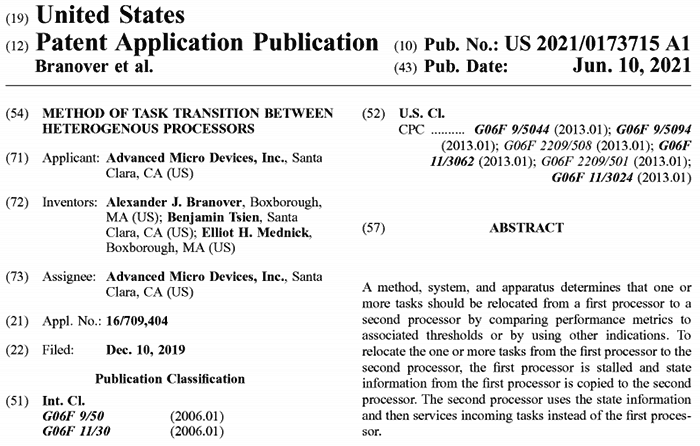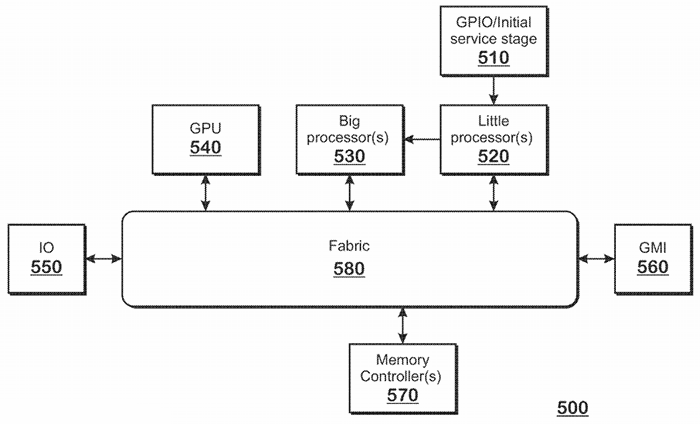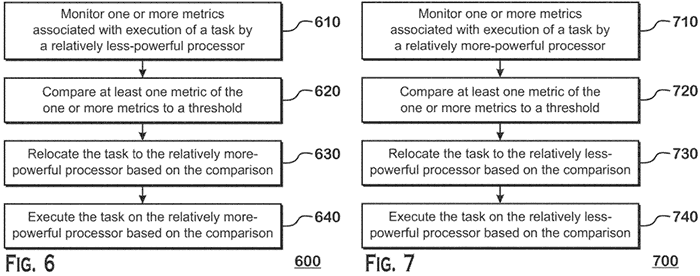Details about "AMD's version of big.LITTLE," have been unearthed by Twitter user Kepler. The patent application was filed back in December 2019 but only published last Thursday. If you wish to see all the images, please click on the PDF link at that location.

In its patent documents, AMD says that relying on operating system-level and other higher-level software decisions to move tasks between different processors within a system can introduce "substantial overhead in terms of performance inefficiencies and additional power consumption". Thus, it has designed a 'Method of task transition between heterogenous processors,' which is the title of its patent.

Instead of relying on the OS, AMD says that it has hardware to monitor one or more metrics associated with execution of a task, which can determine whether to stall and switch processing to a 'relatively less-powerful processor', a 'relatively more-powerful processor', or even to a graphics processing unit, where one is available in a heterogeneous architecture (like an APU). In other words, it will smartly switch tasks from suboptimal to optimal processors without any help from the OS required.

Metrics AMD's task transition method will keep an eye on include;
- Core utilisation
- Compute time completion estimates
- Memory utilisation
- DMA data rate
Taking into account the above, it is reasonable to assume that AMD is at least pondering over moving its Ryzen processors to a hybrid core architecture – like Intel's Alder Lake – in the coming months / years. The latest rumours suggest it will be the AMD Ryzen 8000 series (dubbed Strix Point) CPUs / APUs which will be the first hybrid core processors from AMD. We are probably looking at 2022 for these AMD processors to emerge, boasting a mix of "high-performance Zen 5 cores and low-powered Zen '4D' cores," according to Tom's Hardware.
Microsoft's next generation of Windows is thought to be important to these new hybrid CPUs too, with a revamped scheduler under the bonnet. Many think it isn't a coincidence that 'Windows 11' will arrive at just the right time for Intel's Alder Lake chips – Wintel keeps on rolling.













